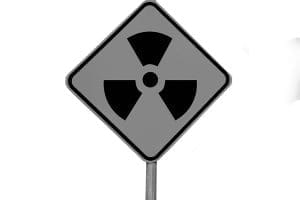Did you know that radon gas is referred to as a silent killer? As humans, we’re not able to smell radon gas, see it, taste it, touch it, nor hear a hissing gas leak. Due to these reasons, you must test your home for radon. So that brings us to the most critical question: how do I know if I’ve been exposed to radon at work or home?
As radon rises from our soil, it becomes radioactive. It emits a type of radiation called “alpha particles,” which is similar to the particles found in space. Radon also precipitates once it is inside your body, meaning that some of these particles continue to emit radiation inside your lungs for decades following initial exposure.
Symptoms of Radon Exposure
It’s estimated that 15% of lung cancer fatalities are caused by radon exposure, and for non-smokers, radon is the number one cause of lung cancer, according to EPA estimates. Since indoor radon gas goes undetected, it is essential to understand what type of symptoms can emerge in healthy individuals due to possible exposure:

– Shortness of Breath
– Persistent Cough
– Chest Pain
– Coughing up Blood
– Wheezing
– Loss of Appetite
– Fatigue
Outdoors vs. Indoors Radon Exposure
Whether you’re hanging out with the kids while they’re playing on the lawn or you’re playing sports on a field, you’ll be relieved to know that radon naturally dilutes outdoors. There is no known risk from radon exposure outdoors. Although in our schools, places of work, and in our homes, radon accumulates.
Man-made structures can very quickly be a radon trap. Are you safe from indoor radon gas? Call the Environmental Doctor today to schedule radon testing services in Ohio. If radon is detected, we offer radon removal from homes, schools, and businesses.
We can solve your problems with radon testing, radon mitigation, removal systems, and more!